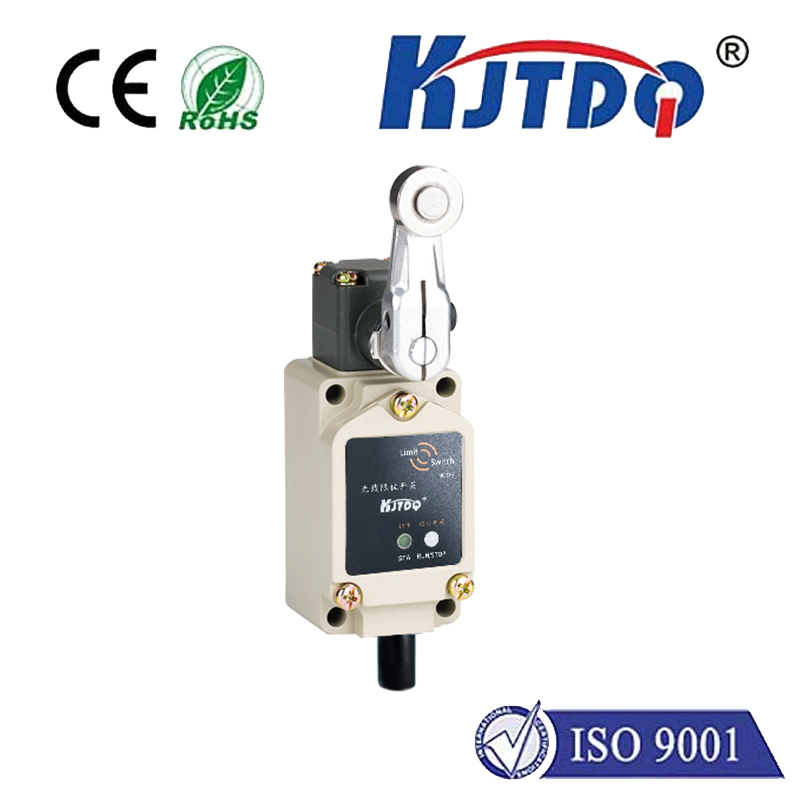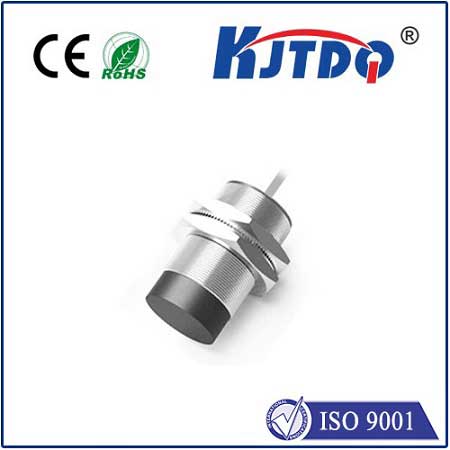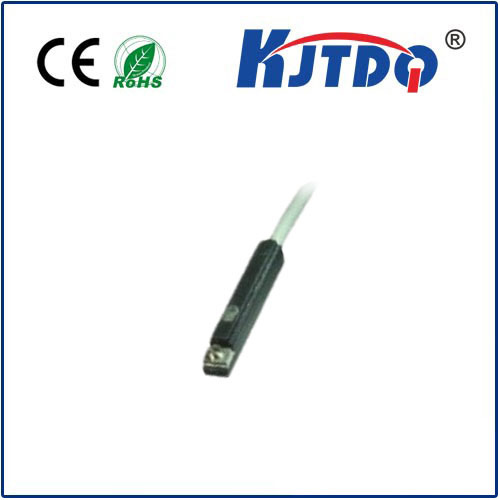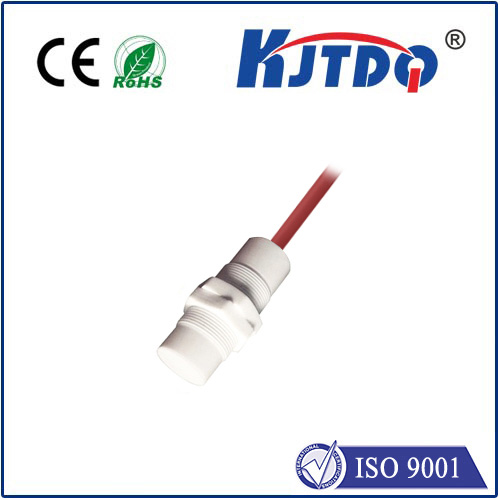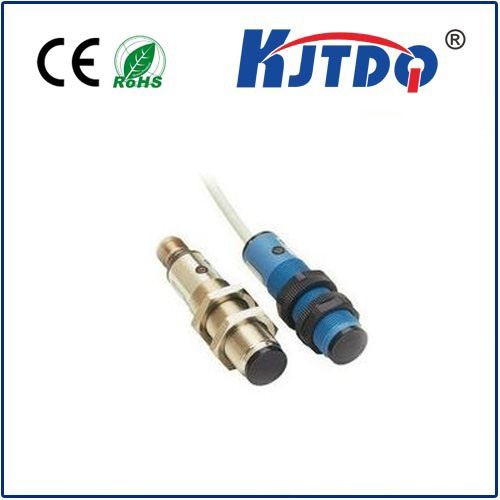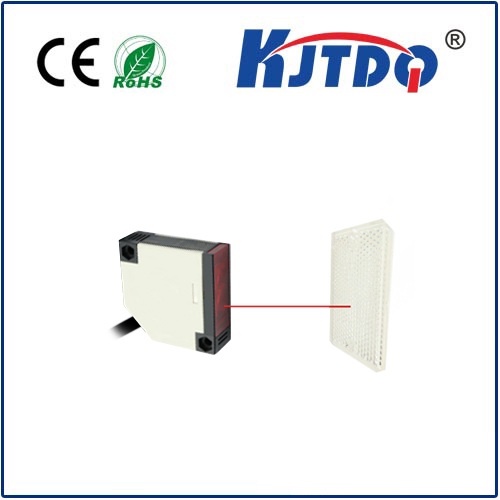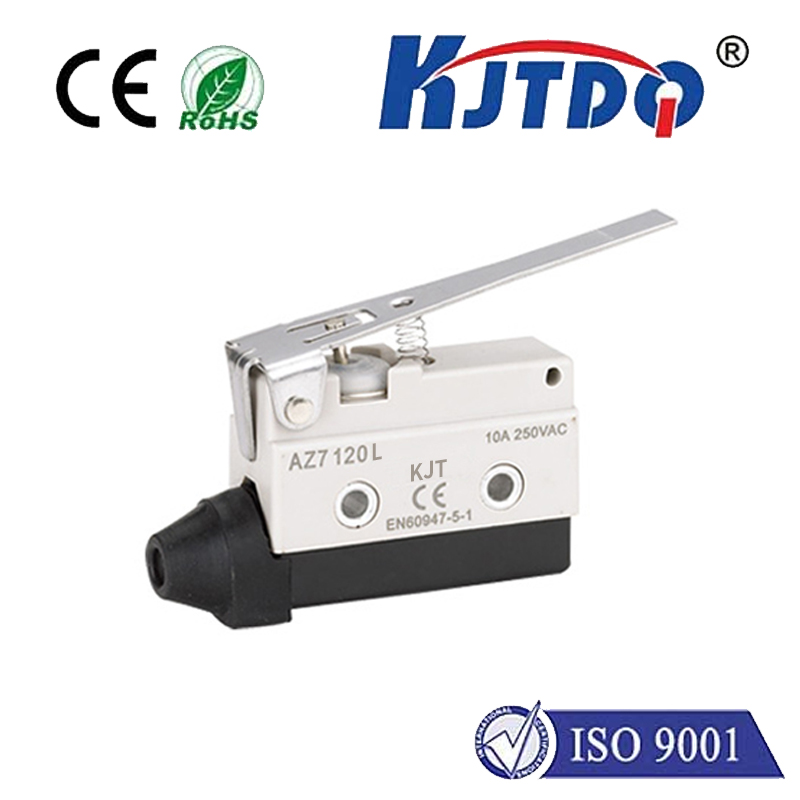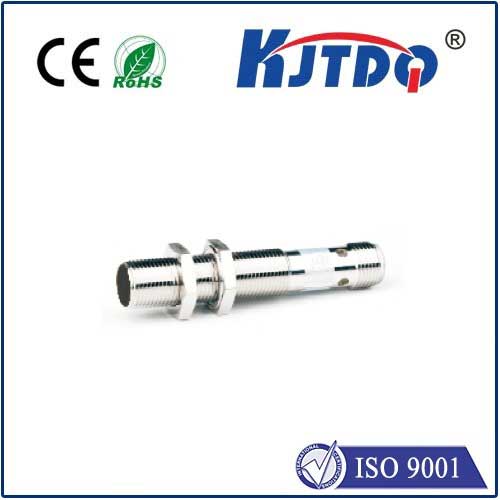dc 2 wire photoelectric sensor
- time:2025-09-10 18:31:31
- Click:0
DC 2-Wire Photoelectric Sensors: Streamlining Detection with Simplified Wiring
Picture this: a busy production line humming with activity. Boxes zoom down conveyors, robotic arms dart with precision, and quality checks happen in milliseconds. Invisible to the casual observer, countless sensors are the unsung heroes, ensuring everything runs smoothly and safely. Among these crucial components, photoelectric sensors stand out for their versatility in detecting objects, positions, and levels without physical contact. But when it comes to installation efficiency and cost savings, the DC 2-wire photoelectric sensor emerges as a remarkably streamlined solution, particularly favored in applications demanding simplicity and space economy. This article delves into the world of these efficient sensors, exploring how they work, where they excel, and the key considerations for optimal use.
Unlike their 3-wire counterparts, which require separate power supply and signal output connections, a DC 2-wire photoelectric sensor integrates everything into just two wires. This fundamental difference creates significant practical advantages. Essentially, the sensor uses the same two wires to receive its operating power (DC voltage) and to transmit its output signal. When the sensor is inactive (not detecting a target), a small “quiescent” current flows through it. Upon detection, the sensor significantly increases the current flow through the same two wires to signal its state change. This current variation is interpreted by the connected control device, like a PLC (Programmable Logic Controller) or relay, as either an “ON” or “OFF” signal.
The core operating principle remains identical to other photoelectric sensors: a transmitter emits a light beam (visible red, infrared, or laser) which is either reflected back by the target (retro-reflective or diffuse modes) or interrupted by it (through-beam mode). The receiver detects the presence or absence of this light, triggering the sensor’s internal switching mechanism.
The primary allure of the 2-wire configuration lies in its profound wiring simplification:
- Reduced Installation Time & Cost: Fewer wires mean less conduit, fewer terminations, and significantly reduced installation labor. This translates directly to lower project costs and quicker setup times.
- Space Savings: In crowded control panels or tight machinery spaces, eliminating extra wiring looms is a major benefit. The 2-wire setup minimizes clutter and simplifies maintenance access.
- Compatibility: DC 2-wire sensors mimic the behavior of mechanical switches. This makes them exceptionally easy to integrate into existing systems designed for limit switches or other simple 2-wire devices. They plug directly into PLC input cards configured for DC sinking or sourcing inputs without needing separate power feeds. This inherent compatibility reduces engineering overhead.
- Intrinsic Safety Considerations: The simplicity reduces potential points of failure, and the low power nature inherently lends itself to safety circuit integration in certain contexts (though specific certifications are still essential for hazardous areas).
Key Applications Where DC 2-Wire Sensors Shine:

These sensors thrive in environments where simplicity, cost-effectiveness, and ease of integration are paramount. Common applications include:
- Level Detection: Monitoring fill levels in bins, tanks, or hoppers.
- Object Counting & Presence Verification: Ensuring parts are present on assembly lines or counting products passing a point.
- Simple Automation Tasks: Detecting position in machinery, triggering actuators, or operating gates.
- Replacement for Mechanical Switches: Upgrading systems to non-contact sensing for improved reliability and longevity in dusty or wet environments.
- Bottling and Packaging Lines: Detecting bottles, cans, or packages on conveyors.
Understanding the Output Function (NO/NC):
Like all sensors, 2-wire photoelectrics come in Normally Open (NO) or Normally Closed (NC) configurations:
- NO (Normally Open): When no target is detected, the sensor conducts minimal current (“OFF”). When a target is detected, it increases current flow significantly (“ON”).
- NC (Normally Closed): When no target is detected, the sensor conducts significant current (“ON”). When a target is detected, it reduces current flow to the quiescent level (“OFF”).
Choosing the correct function depends on the desired logic in your control system – whether detection should signal an “active” state (NO) or an “interruption” state (NC).
Important Considerations & Limitations:
While advantageous, the DC 2-wire photoelectric sensor has inherent characteristics requiring attention:
- Voltage Drop: Because the same wires carry both power and signal, there’s a voltage drop across the sensor when energized (“ON” state). This voltage drop can be significant, especially over longer cable runs or when powering sensors with high quiescent currents.
- Power Consumption: Quiescent Current: Even in the “OFF” state, the sensor draws a small current to operate its internal electronics. Switching Current: When “ON”, the sensor draws significantly more current to signal the state change, contributing to the voltage drop.
- Load Dependence: The sensor relies on the connected load (e.g., the PLC input) to function correctly. The load resistance must be compatible with the sensor’s specifications to ensure it can drive sufficient current when “ON” and that the quiescent current doesn’t accidentally trigger the load when “OFF”. Careful matching of the sensor’s output characteristics to the PLC input module’s requirements is crucial.
- Current Limitations: The sensor itself acts as a switch within the power circuit. The maximum current it can handle (both its own consumption and switching current) is limited compared to dedicated power supplies. This constrains how many sensors can be placed on a circuit and potentially limits compatibility with high-power loads requiring direct switching.
- Response Time: While generally fast, the inherent electrical characteristics of the 2-wire loop can sometimes result in slightly slower response times compared to high-end 3-wire or 4-wire sensors, particularly over long distances. For most standard industrial applications, this is negligible.
Ensuring Successful Implementation:
To maximize the benefits of DC 2-wire photoelectric sensors and avoid pitfalls, focus on these steps:
- Confirm PLC Input Compatibility: Ensure the PLC input card is designed for DC signals and compatible with the sensor’s intended wiring (sinking or sourcing). Verify the input’s minimum “ON” current requirement is less than the sensor’s switching current and its maximum “OFF” current tolerance is higher than the sensor’s quiescent current.
- Calculate Voltage Drop: Pay attention to the sensor’s specifications (quiescent current, switching current, switching voltage drop). Factor in cable resistance (wire gauge and length). Ensure the voltage at the sensor terminals remains within its operating range when activated. Use larger wire gauges for longer runs.
- Choose Appropriate Configuration: Select NO or NC based on the required control logic. Ensure the chosen sensing mode (through-beam, retro-reflective, diffuse) is suitable for the application environment and target characteristics.
- Mind the Quiescent Current: When designing systems with many 2-wire sensors on a single circuit, the sum of all quiescent currents must stay well below the power supply’s capacity and the threshold where it might inadvertently trigger the PLC inputs.
The enduring relevance of the **DC 2-w






